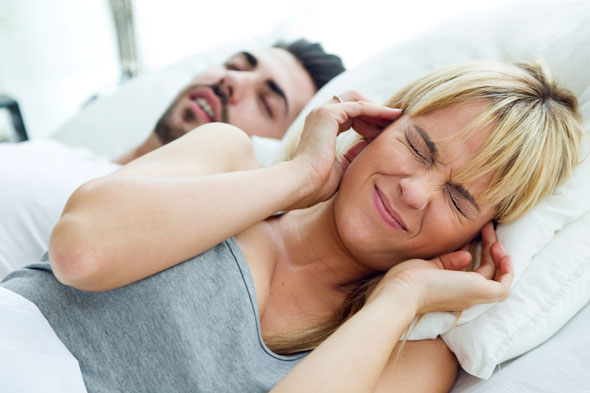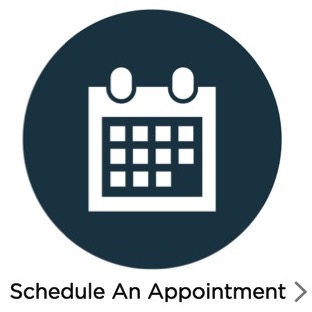
How Many People Suffer from Sleep Apnea?
Obstructive sleep apnea afflicts 1 in every five Americans. Some are receiving treatment, but many are not, and that can lead to big problems. Obstructive sleep apnea affects more adults than children, but the condition is not limited to a certain group. Men are also more likely to suffer, and women are less likely to get diagnosed.
The Health Risks of Sleep Apnea
There are many health risks that are closely associated with obstructive sleep apnea. In fact, around 90% of sleep apnea patients are at risk for further health concerns like:
- Stroke: Men with moderate to severe obstructive sleep apnea are more than three times more likely to have a stroke and the risk of stroke rises with the severity of the disorder.
- Hypertension: Hypertension is a common problem for sleep apnea patients, with about 37% suffering from both. Sleep apnea is actually the leading cause of secondary hypertension.
- Coronary Artery Disease: The risk of developing coronary artery disease rises by 30% for sleep apnea patients.
- Cardiac Arrhythmias: Obstructive sleep apnea sufferers increase their risk by of cardiac arrhythmias, or malfunctions of the heart’s electrical system, by 58%. They are also four times as likely to have atrial fibrillation.
- Congestive Heart Failure: People with untreated obstructive sleep apnea have a higher mortality rate from congestive heart failure.
- Sudden Death: Obstructive sleep apnea sufferers have a 30% higher risk of a heart attack or premature death. Over 50% of sudden deaths from the disorder happen between 10pm and 6am.
- Type 2 Diabetes: Sleep apnea patients deal with a 48% higher chance of developing type 2 diabetes than those without the disorder.
- Gastroesophageal Reflux Disease: The risk of developing gastroesophageal reflux diseases (GERD) increases by 60% for those dealing with sleep apnea.
The Medical Costs
Leaving sleep apnea untreated leads to health risks, which in turn leads to higher medical costs. Untreated sleep apnea costs Americans an extra 4.3 billion each year. After obstructive sleep apnea has been treated, an average cost savings of $200,000 per patient is realized.
Living with Untreated Obstructive Sleep Apnea
Obstructive sleep apnea causes poor sleep and lack of sleep leads to medical problems and lifestyle consequences. Daytime sleepiness actually increases the risk of car accidents by six times and drowsiness also leads to impaired concentration on the job. Productivity at work decreases for sleep apnea sufferers, as does reaction time, memory and overall alertness.
Sleep apnea also affects bed partners. Loud snoring is one of the most commonly known indicators of sleep apnea. The rate of loud snoring is about 80% for sleep apnea patients. Snoring can certainly lead to relationship issues and further loss of sleep, but it can also lead to morning headaches from oxygen deprivation.
Another symptom that impacts relationships for sleep apnea patients is sexual dysfunction. Around 80% of middle-aged men who suffer from obstructive sleep apnea also deal with a loss of libido and impotence. Frequent nighttime urination is also associated with obstructive sleep apnea.
Mood Disorders & Loss of Sleep
Depression has long been associated with obstructive sleep apnea, and around 58% of sleep apnea sufferers must also deal with a mood disturbance. The risk of developing anxiety, loss of motivation, a shortened attention span and temper control problems all increase for sleep apnea patients.
Obstructive sleep apnea can take a major toll on your health and your lifestyle, so it’s not something to ignore. If you suspect that you might have sleep apnea, start by taking our snore quiz to gauge the severity of your symptoms. Medical advances have led to numerous options for sleep apnea patients. Many treatments are non-invasive or minimally-invasive and are covered by most insurance plans.
A board-certified otolaryngologist (ENT doctor) is the best person to diagnose your obstructive sleep apnea and help you to develop an appropriate treatment plan. To make an appointment with one of the experienced professionals at eos sleep, contact us today.


